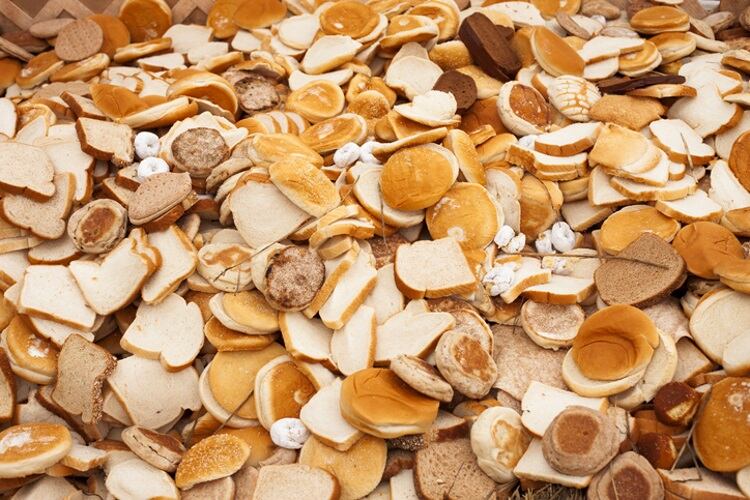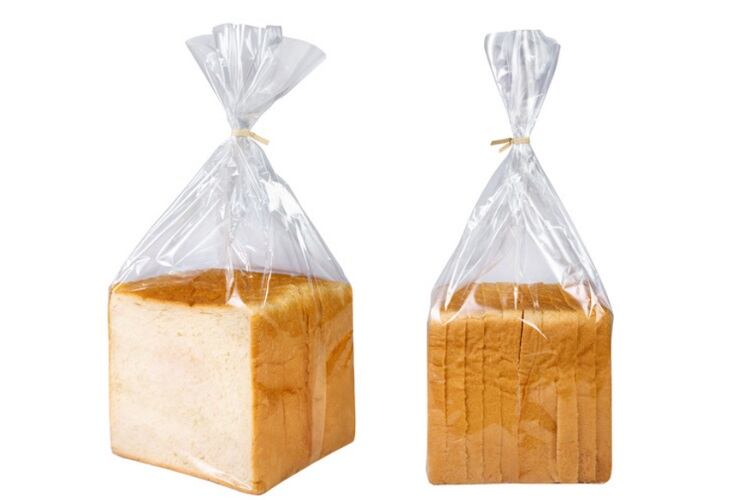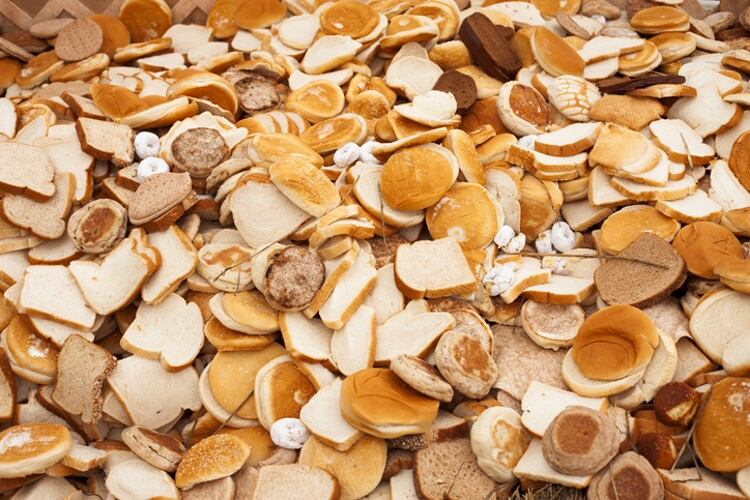Food waste is a critical problem across the world, especially baked goods. According to the US Department of Agiculture, more than 12.5 million tons of bread, rolls, croissants and other baked goods go uneaten each year. Some is fed to livestock as a source of carbohydrates and protein; however, the remainder heads to landfill.
Now, researchers from the USDA's chief scientific inhouse research agency, Agricultural Research Service (ARS) Centre, have found a way to use Pseudomonas reptilivora to fulfil the adage ‘One man’s trash is another man’s treasure’.
The team members devised a fermentation procedure that encourages the bacteria to gobble up glucose in bread waste and convert it into 2-keto-D-gluconic acid (2KGA), a ‘platform chemical’ that helps synthesise bulk quantities of ascorbic acid and other substances, which have wide-ranging food and industrial applications.
The team’s hope is that, with continued research and scale-up, the glucose-hungry bacteria will offer a biobased alternative to synthetically producing chemicals like vitamin C.
Two-pronged benefit
Improving diet quality while simultaneously reducing environmental impact is a critical focus globally and the new development could simultaneously help tackle the food waste issue, while addressing food security by fortifying foods for vulnerable communities. 2KGA itself can also be used as a detergent builder, cement plasticiser and precursor chemical for herbicide compounds.
The study – published in Biomass Conversion and Biorefinery – is part of the ARS’s overarching mission to develop new, value-added uses for agricultural commodities, especially if they can ease the reliance on raw materials made from fossil fuels.
According to Badal Saha, a research chemist with the centre’s Bioenergy Research Unit, synthetic production methods for 2KGA have a number of drawbacks, including being costly and dependent on harmful oxidising agents.
Fermentation-based methods of producing 2KGA using other types of microbes also require the addition of nitrogen, mineral salts and other costly nutrients.
Conversely, P. reptilivora only requires a diet of glucose-rich bread wastes, which has been rendered into a slurry using distilled water and enzymes.
ARS’s Culture Collection houses tens of thousands of microbial specimens collected from around the world. P. reptilivora – which was added to the collection in the 1940s as strain NRRL B-6 – was initially considered an unwelcome contaminant in fermentation procedures.
However, that undesirable trait could now prove key to making a substance that not only improves the quality and shelf-life of food, but could also keep it out of the trash bin.
Study
Authors: Sirma Yegin, Badal C. Saha, Gregory J. Kennedy, et al
Biomass Conv. Bioref. (2020)




